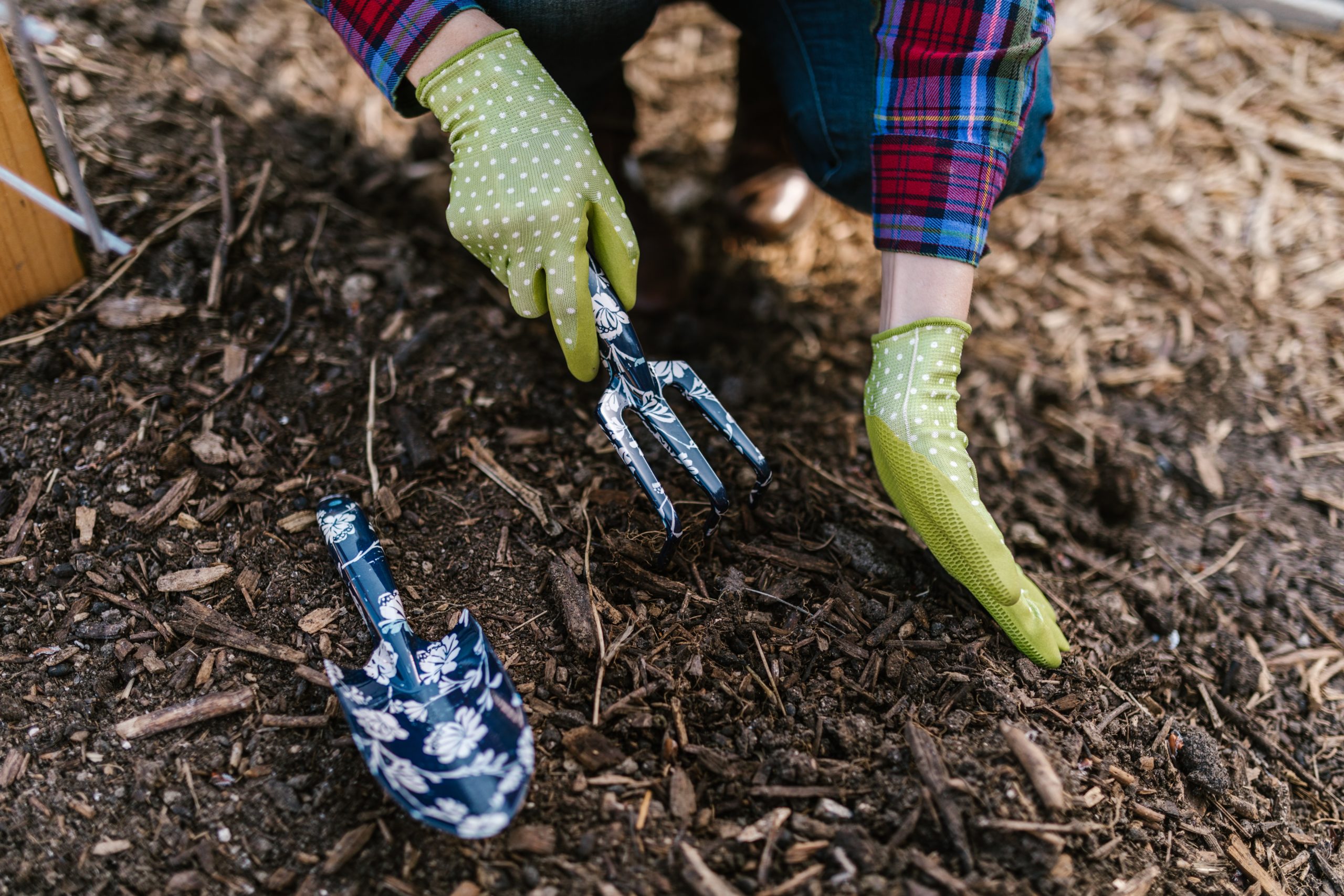If you’re like many home gardeners, adding compost to your vegetable patch, raised beds, or rose bushes is on your spring “to-do” list. Working that rich, organic compost deep into the newly-thawed soil not only feels therapeutic after the long, cold winter, there’s great benefit to replenishing the nutrients depleted during the previous growing season.
While it’s true you can’t go wrong with a good composting in the spring, did you know that adding compost to your garden in the Fall is just as important—maybe even more so? After the punishing heat of summer, your soil is likely to need some care and feeding so it’s ready for the spring growing season. Some gardeners also find that working compost into the soil in the drier season can be a bit easier.
Composting in the fall, at the end of the growing season, goes a long way toward creating a healthy environment in your garden. Begin the process of adding compost to your raised beds and flower borders when plants start dying back in late October and early November. Cover the surface of your garden with 3 to 6 inches of compost—shredded leaves are ideal. Work the compost vigorously into the soil using a spade or a pitchfork to nourish and protect the soil over the winter.
Do you grow vegetables? Fall is the perfect time to work up a generous layer of compost into the top 4–5 inches of soil. This creates a nutrient-rich mixture that will give your seedlings the boost they need to thrive during colder temperatures.
If you grow roses, you know that giving them what they need to thrive is both an art and a science. They require year-round attention, and composting is an important part of their care and feeding. The best time to add compost to your rose garden is in the fall. Building up a thick layer—up to 8 inches—of compost at the base of your rose bushes (a process known as “mounding roses”) will help preserve them from winter’s cold and wind.
Good compost is thick and rich to the naked eye, but if you study it in detail under a microscope, you’ll find it’s actually teeming with millions of organic microbes. Adding compost to your garden in the fall gives them all winter to work on enriching the soil, reducing erosion, retaining moisture, promoting biodiversity, and creating a healthy, balanced environment for all your spring planting.
Whether you add compost to your garden in just the spring, only the fall, or a combination of both, keep in mind that not all compost mixtures are the same. The correct choice for your plants depends on the types of plants you’re growing, their maturity, and the acidity or alkalinity of your soil. Because the process of adding compost to delicate root systems can also be tricky, you’ll want to learn about some special tools and techniques you can use that won’t cause damage to your plants. RELS is your one-stop shop for compost mixtures, plants, tools, supplies, and more. And best of all, you can always talk to a member of our professional staff for tried-and-true advice on all your gardening and landscaping needs.
(Applying compost around perennials can be tricky. Don’t hesitate to talk to our professional garden center staff about special tools and techniques).

